Find Any Kiosk Machine You Need And Contact Lean Kiosk Now
All Products
Select Any Product
- Request A Quote Now

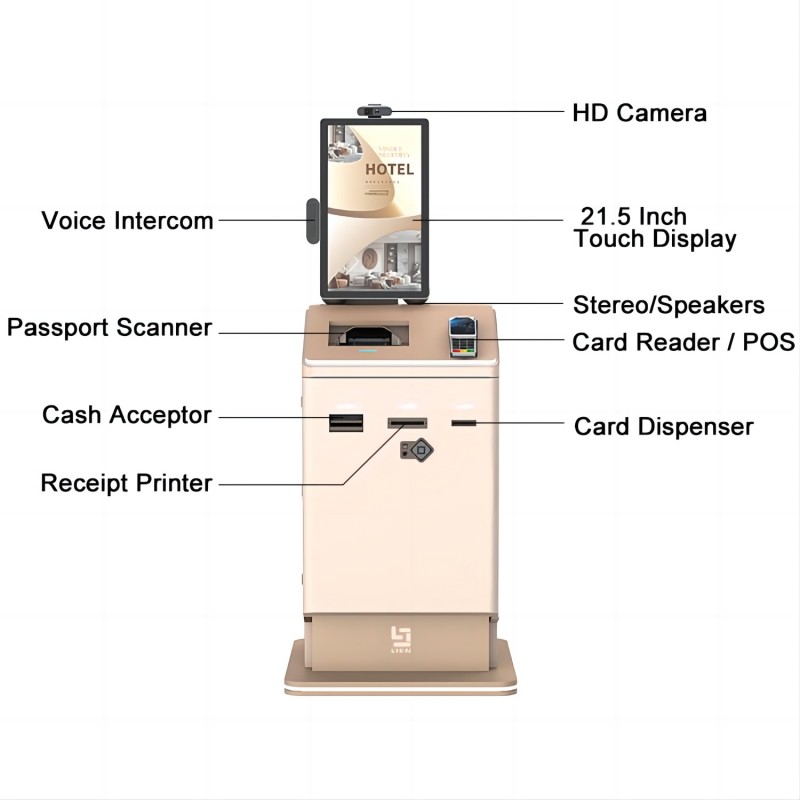

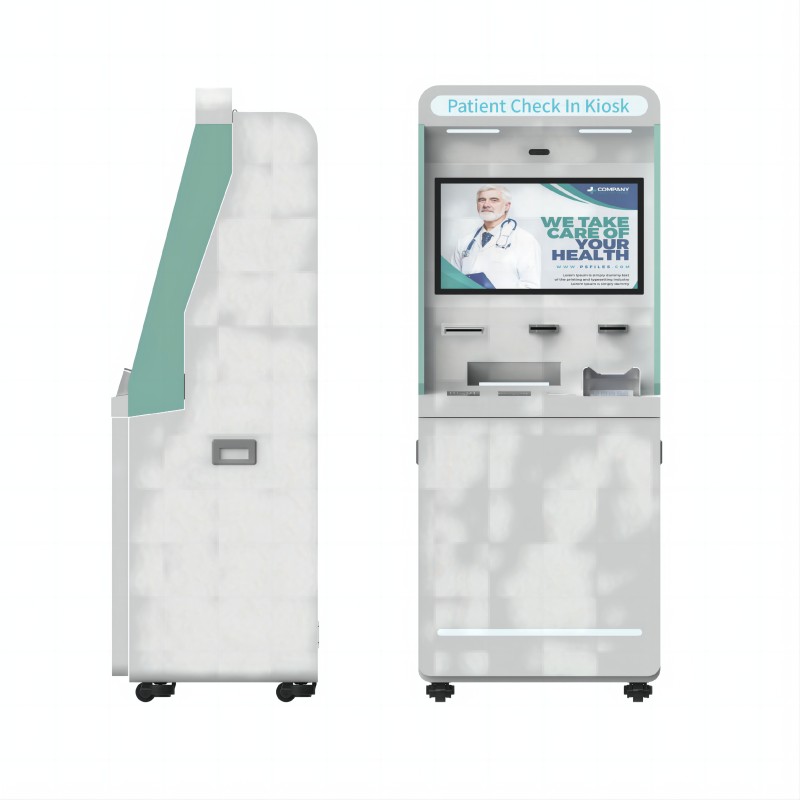
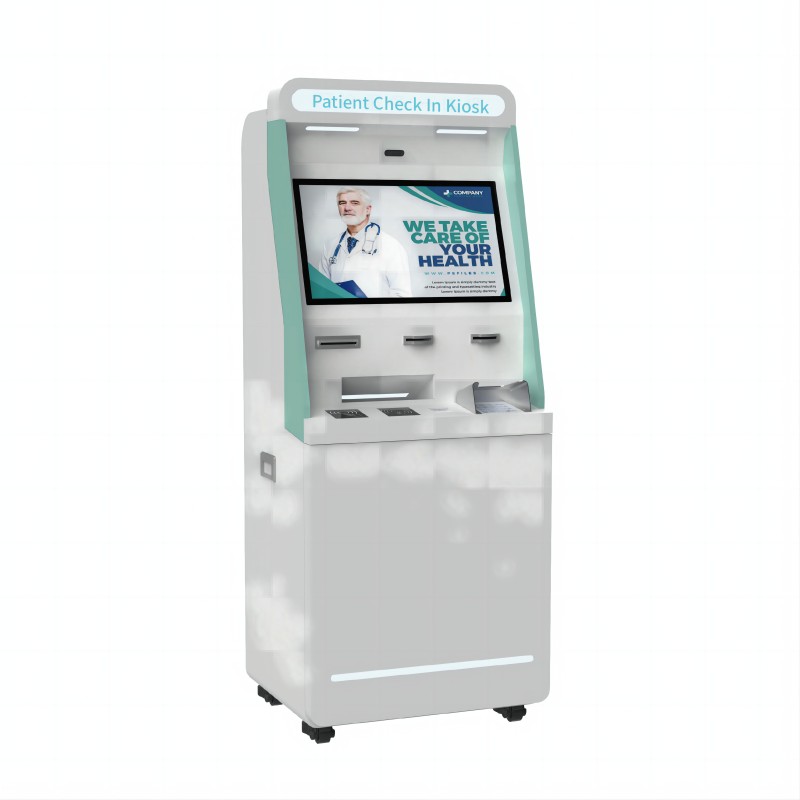
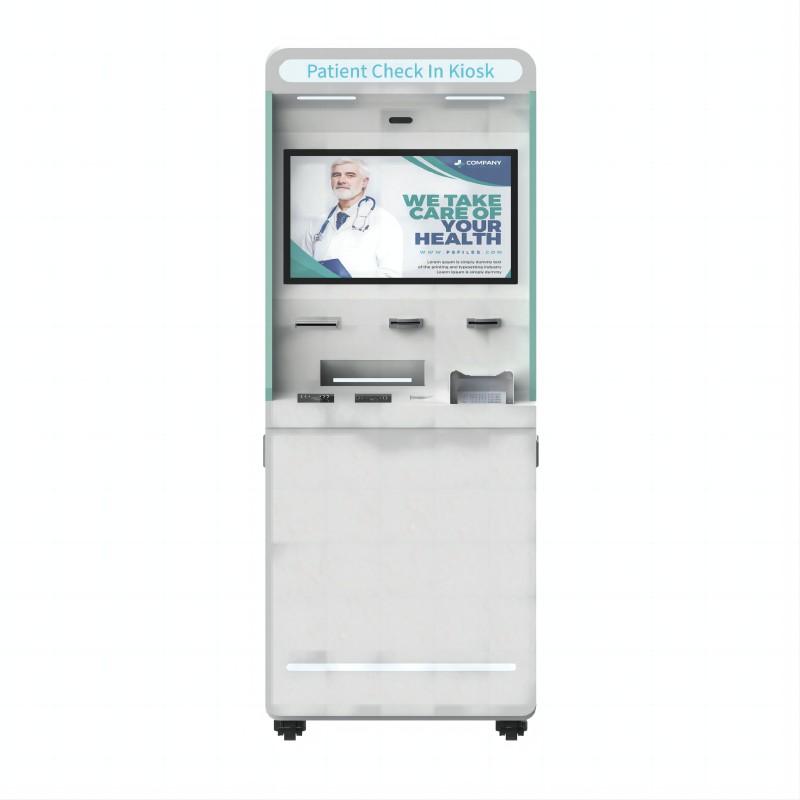
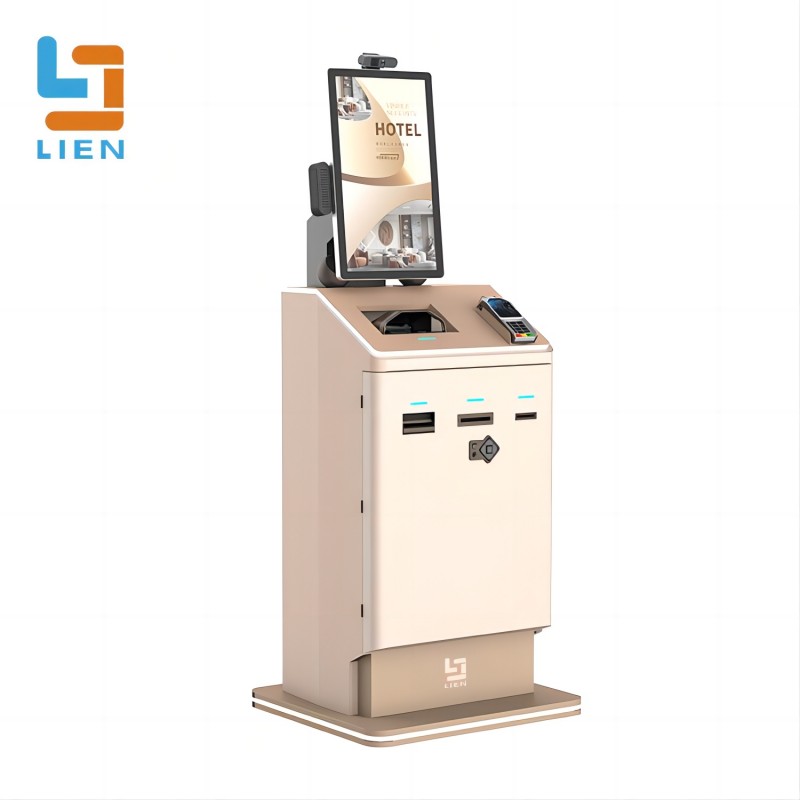
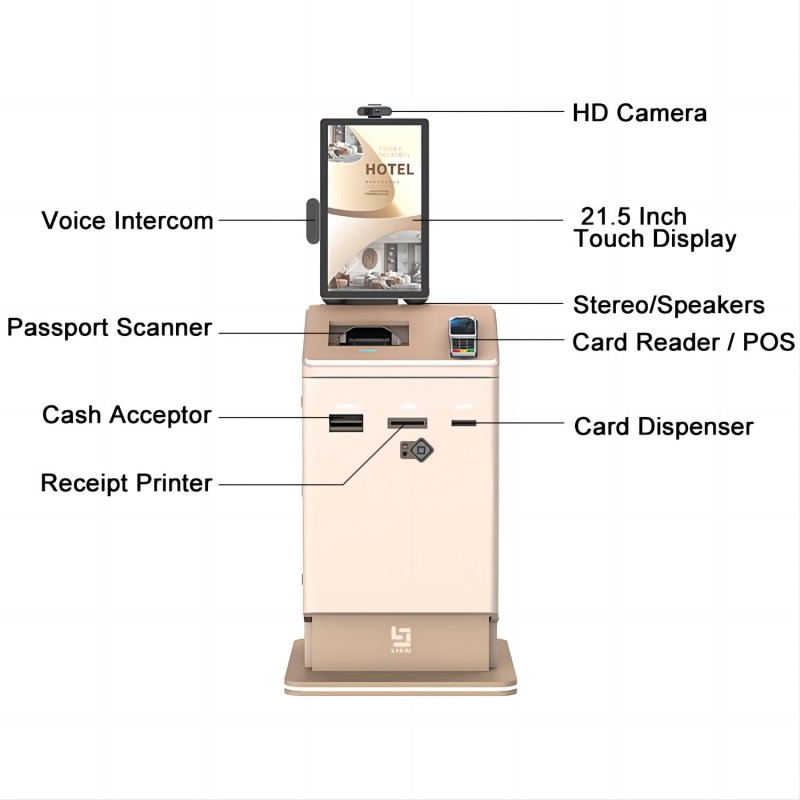
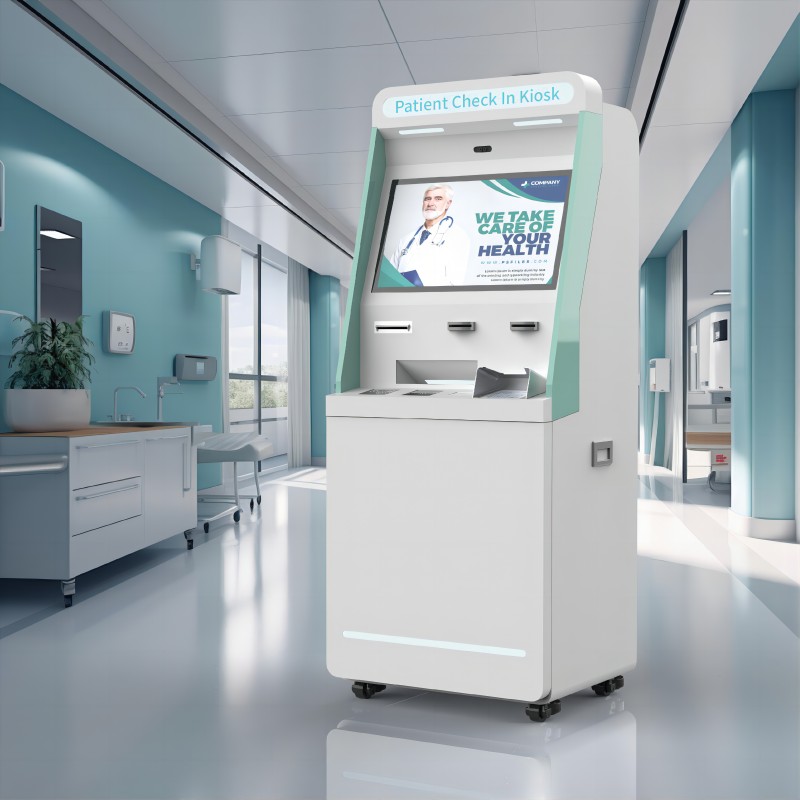
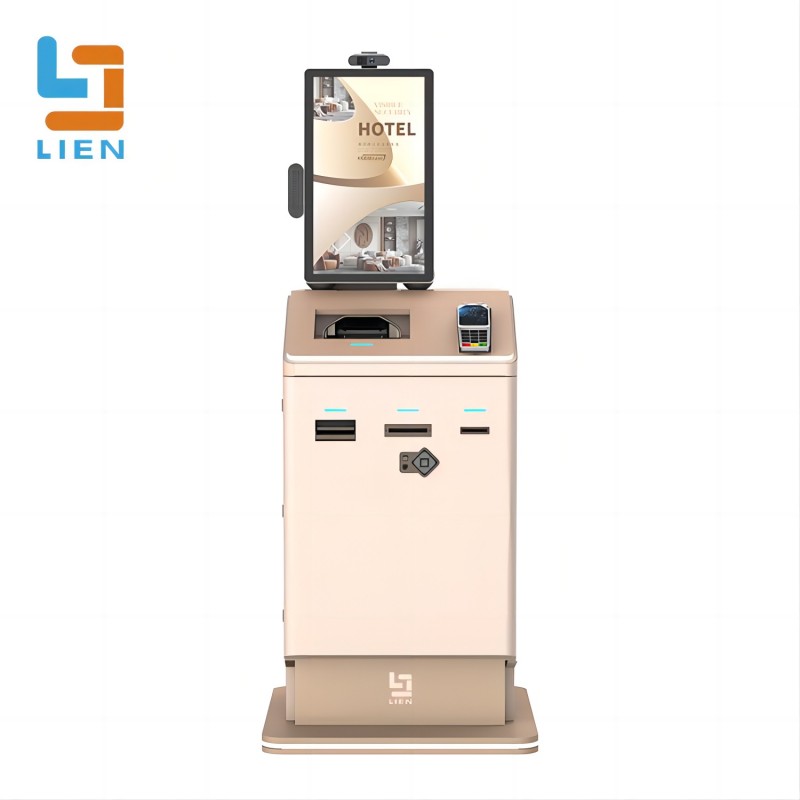
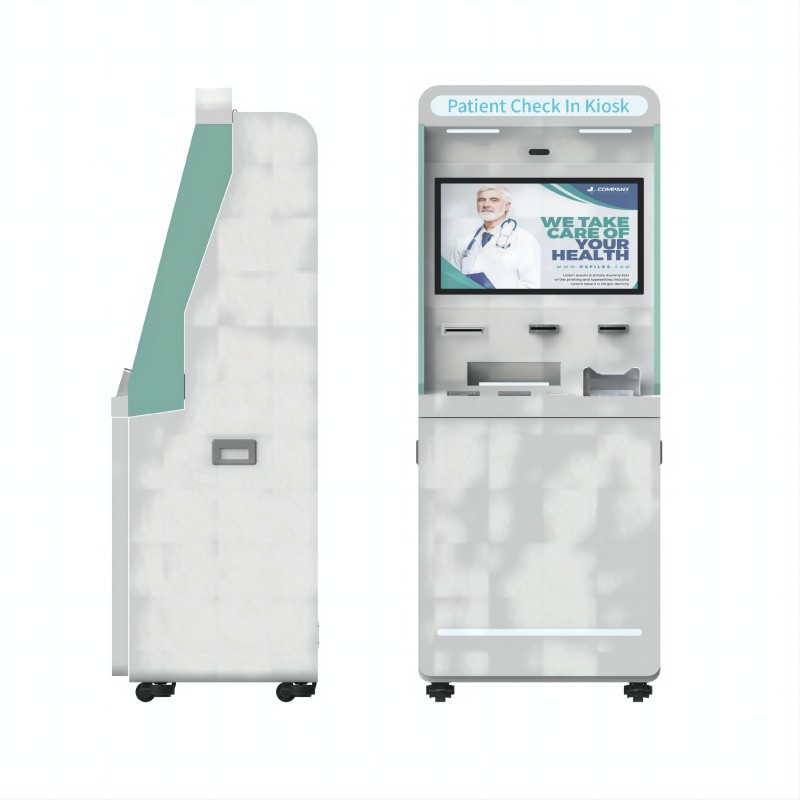
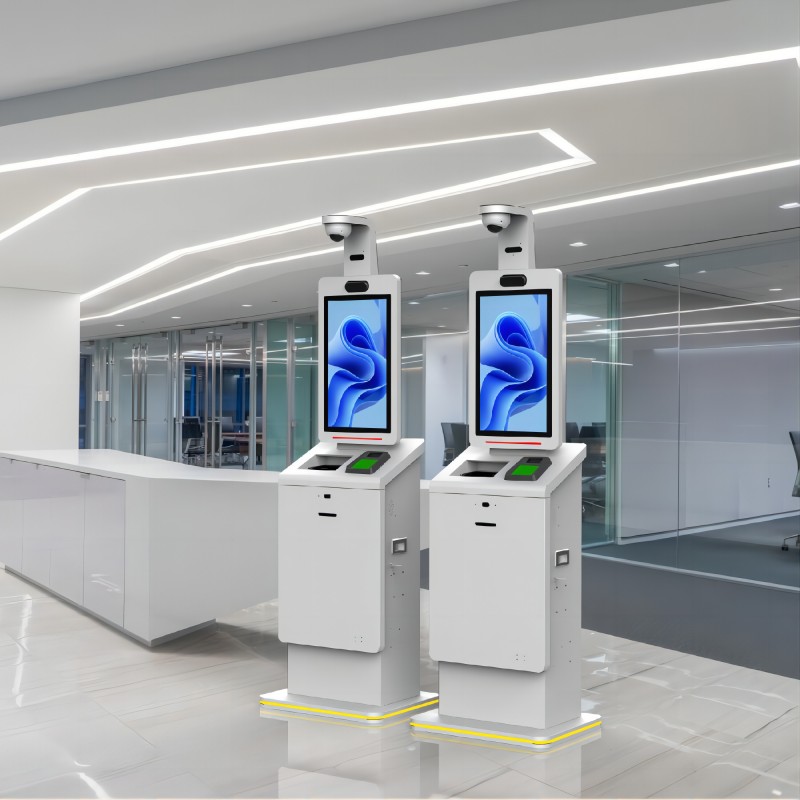
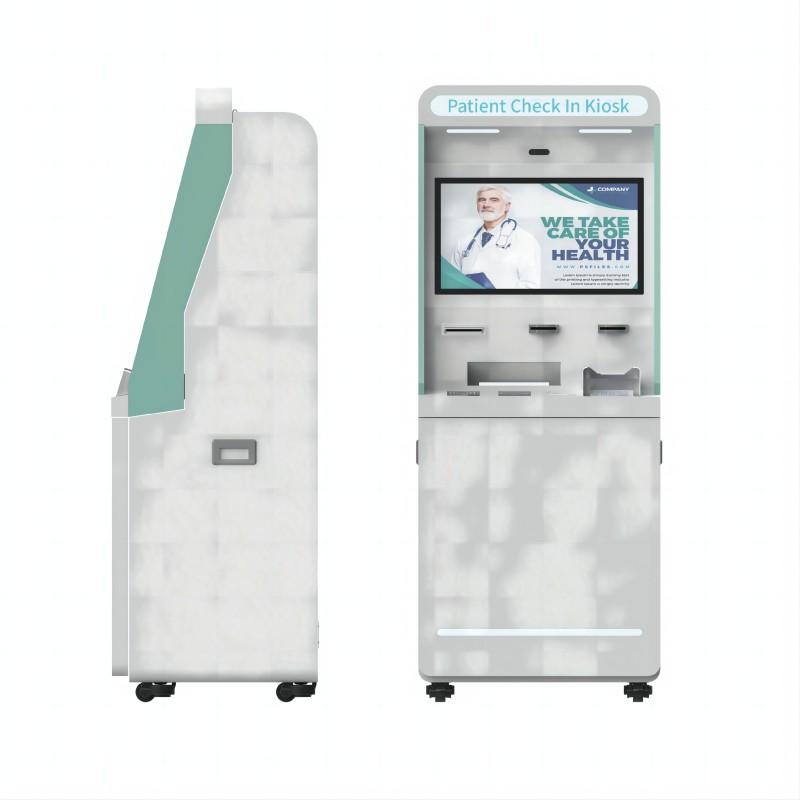
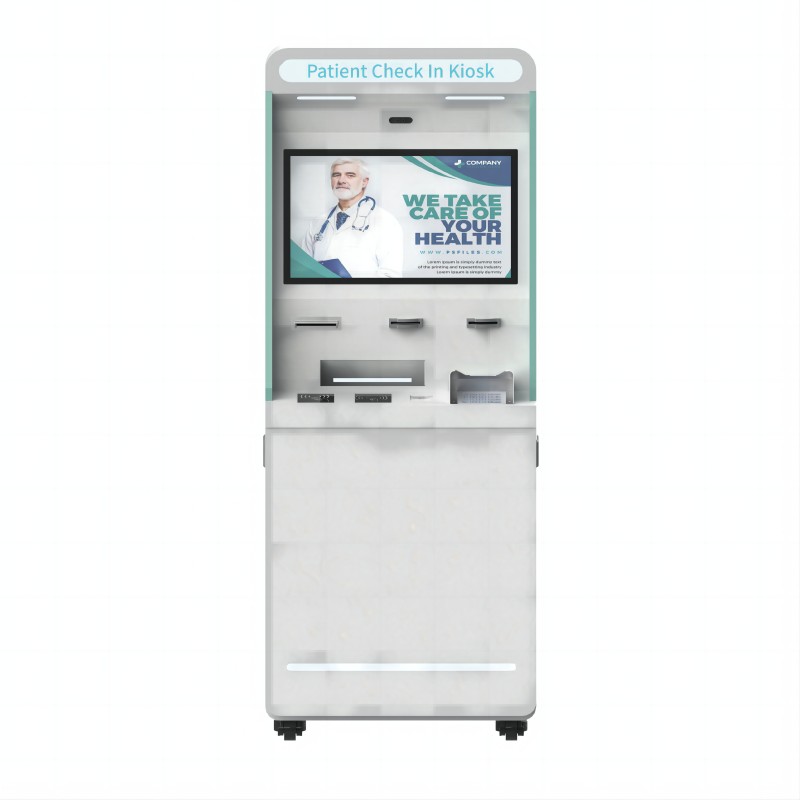
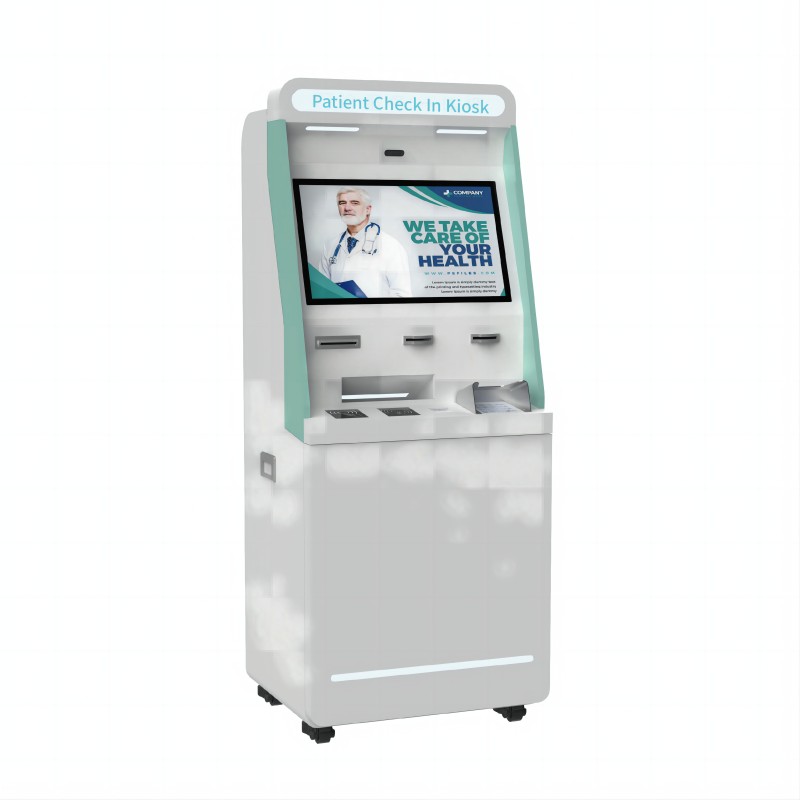
What did our happy clients say?
We're thrilled with our new health kiosk! The touchscreen is responsive, and the vital signs monitoring is accurate. Our patients appreciate the convenience, and it's significantly reduced wait times. A great investment for our clinic!
The health kiosk has been a game-changer for our pharmacy. It's easy to use, reliable, and the custom features perfectly fit our needs. We've seen a noticeable increase in customer satisfaction. Highly recommended!
Our new health kiosk has exceeded our expectations. The design is sleek, and the integration with our EHR system was seamless. It's made patient check-ins faster and more efficient. We couldn't be happier with our purchase!
We're extremely satisfied with our health kiosk. The ability to customize the interface has been fantastic, and the support from the vendor has been top-notch. It's made a positive impact on our operations and patient experience.